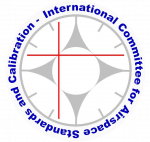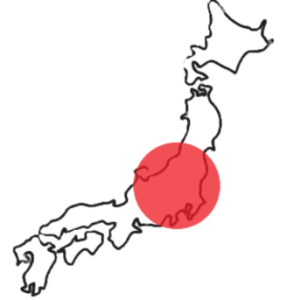Malaysia
Flight Inspection Unit Department of Civil Aviation Malaysia Introduction
In the past and up to 1975, navigational aids in Malaysia were flight checked by Federal Aviation Administration (FAA) through mutual agreement. Malaysian Flight Inspection Unit was formed in 1975 with the purchase of Beechcraft King Air 100. In 1980 and 1983 two Beechcraft King Air 200 were purchased to replace the King Air 100 fitted with Litton LTN76 Automatic Flight Inspection System. At the same time the calibration laboratory to master-calibrate the aircraft’s airborne system was established. Several items of electronic and special-to-type ground equipment and general purpose equipment were purchased.
In support of ground calibration laboratory and allied inspection facilities, a Cessna 206 and Britten-Norman Islander aircraft were acquired, mainly for the purpose of airstrip inspections.
Tasks of Flight Inspection Unit
Malaysia, as a member state of the ICAO, has the obligatory function to ensure that its navigational aids are regularly flight checked to the highest standard for use in international air navigation. The navigational aids are calibrated and flight checked to performance standard as required by the Manual on Testing of Radio Navigation Aids volume I and II of ICAO Document 8071, Aeronautical Telecommunications Annex 10 volume I and II and Aerodrome Annex 14 to the Convention on International Civil Aviation.
These regular flight inspections ensured that the specified relationship established at the commissioning inspection of any particular navigation aids between the air and ground observations remained adequate.
The area covered in the course of regular three monthly inspection involves flight over 3200 nautical miles circuit from west to east Malaysia and return to Kuala Lumpur.
In December 1995, a new Learjet60 and the Normarc NM 3625B Fully Automatic Navaids Flight Inspection System was purchased to replace the King Air 200. Another Learjet60 with the same type Normarc equipment was acquired in March 1997. In line with the new technology, the GPS reference was used in the calibration works in Malaysia.
The total number of Navaids facilities consist of the following:
- Marker Beacons (FM)
- Locator Beacons (LOC)
- Non-Directional Radio Beacons (NDB)
- Instrument Landing System (ILS)
- Distance Measuring Equipment (DME)
- VHF Omnidirectional Radio Range (CVOR/DVOR/TACAN)
- Precision Approach Path Indicator (PAPI)
- Precision Approach Radar (PAR), Area Surveillance Radar
(ASR) and Secondary Surveillance Radar (SSR)
7 1840174026437
At present, the Unit logs between 500 and 800 hours annually in carrying out these tasks. An ever-increasing number of Navaids facilities in line with development and expansion will ensure that the flying commitment continues to grow.
The Flight Inspection Charges
The rate of charges is based on the flying hours including ferry time. For Learjet60, the charges in USD are $3,500 per hour.
Conclusion
The Flight Inspection Unit has come a long way in its strides toward an automatic flight inspection system. Since its material emergence, capital investments totaled more than USD $50 million in equipment, support facilities and specialised overseas training of its personnel. Its determination to self-calibrate and flight check Malaysian navigation facilities has not been disillusioned by the many inevitable problems encountered. Its independence of FAA service was a major ‘flight’ into the ‘inspection world’.
With two fully equipped flight inspection aircraft of Learajet60, this Unit is now in position to hold its own. The increase in navigation facilities in future will be assured of regular scheduled flight inspection. In line with overall development plan, this Unit looks ahead towards the updating and expansion of its equipment, support facilities and services, including the maintenance of aircraft. The ‘inertial’ stride into its self-dependence in flight calibration augurs well for the Unit experience, confidence and reliability in this specialised field.
While its primary function is to ensure that the navigational aids are operating correctly, number of other important tasks are also carried out. This includes aerial photography and survey, investigations for various development projects for the government, cloud physics, maritime surveillance, communications, radar range checks and target flying, aircrew training, search and rescue (SAR) and airstrips inspections are not excluded from its overall functions.
The Unit not only calibrates the navigational aids in Malaysia, but also for Brunei. The future holds good promise of extension of this availability to adjacent states of this region and also to countries in Asia Pacific.
The benefits and high values at its disposal will enhance its services to the beneficiation of aviation operators and aviation administration in this region.
– by By Capt.Wan Zali Bin Wan Kadir
Flying Unit, DCA Malaysia

